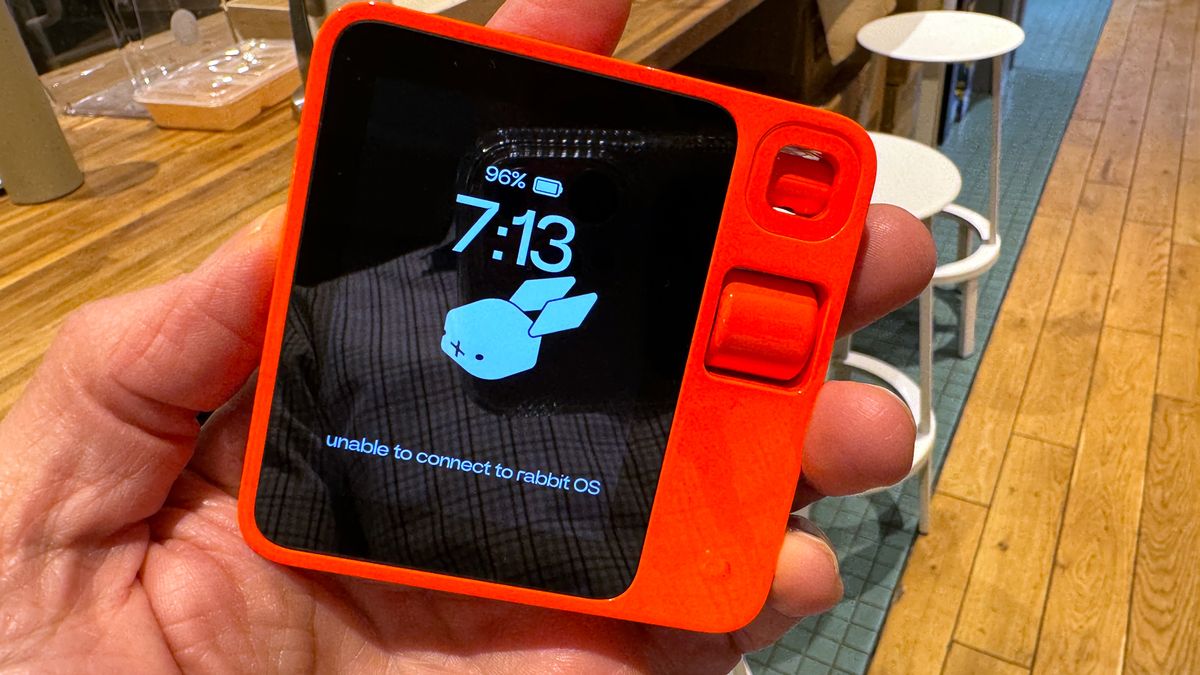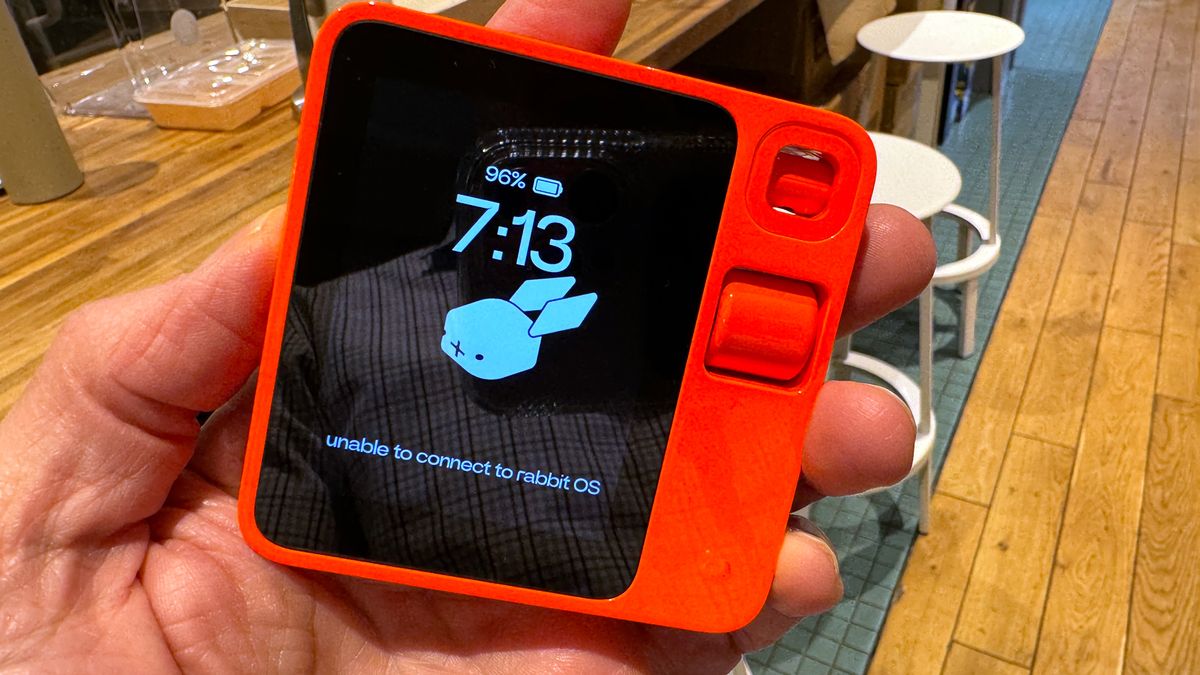
The excitement around the Humane AI Pin has faded. The company behind the $700 AI device has sold its assets to HP for $116 million, and some of the employees have joined the company. It’s a lot of money, but not exactly a coup for Humane, considering the startup had raised over $230 million. HP discontinuing the AI Pin is just the capper.
The withering of Humane’s fortunes has more significant implications for another AI device, the Rabbit’s R1. The chirpy little AI gadget and the startup behind it may end up in a similar place as Humane if it’s not careful. There are plenty of reasons why Humane may have failed, though I have a few theories.
The biggest reason may have been a lack of features people wanted. There were some intriguing ideas, like the screenless interaction with the AI, the laser projector that looked great in demo videos, and the continual link to the AI assistant. However, the reviews all highlighted slow AI processing, unreliable hardware, and feeling like the $24 monthly subscription fee was too much, especially on top of the $700 purchase price. As AI apps like ChatGPT improved, many may have decided they could get all the features they liked from their smartphone and returned the Humane AI Pin.
Rabbit should be taking notes. Right now, the R1 is struggling with some of the exact same issues: a lack of must-have features, performance hiccups, and a growing sense that it’s an inessential accessory. Rushing out a prototype too quickly when the hardware is still unstable is a problem, especially when the hardware is the main selling point. A lack of certain features, like messaging and social media support, raises the same questions about its value as Humane faced.
Rabbit hole
I think the R1 can survive if Rabbit makes the right moves. That includes upgrading the R1’s Large Action Model (LAM) AI engine. The LAM is supposed to be the magic sauce that makes the R1 superior to Siri or Alexa, but even being just as good won’t help it stand out. It needs to be instant and accurate when booking a ride, answering a question, or summarizing emails. Rabbit should throw everything they have into improving LAM, even if that means bringing in outside help and partnering with OpenAI or Anthropic.
Rabbit also needs to get deals in place to work with WhatsApp, Slack, and the Android and iOS messaging services at the very least. Even better, they should lean into voice-based messaging and AI-powered summaries, though they’d need to make sure they work at least as well as Apple Intelligence.
Ultimately, Rabbit needs to work out its positioning. Right now, it’s unclear who the R1 is for. Is it a productivity tool? A digital assistant for busy professionals? A toy for tech enthusiasts? Instead of trying to be everything to everyone, they should focus on a specific audience and go all in. If they position the R1 as an ultra-efficient personal AI secretary, something that can handle voice-to-text notes, summarize meetings, and manage calendars in a smoother way than any smartphone assistant, they might find a real niche.
And let’s not forget developers. Rabbit should aggressively court third-party developers, giving them the tools to build new integrations and apps for the R1. A strong developer ecosystem could turn the R1 from a novelty into a platform.
The Rabbit R1 isn’t doomed yet, but it is at a crossroads. It risks becoming another Humane AI Pin, an ambitious but ultimately forgettable attempt at AI hardware. But if Rabbit takes decisive action, it might just pull a, well, rabbit out of its AI hat.
You might also like
Services Marketplace – Listings, Bookings & Reviews
